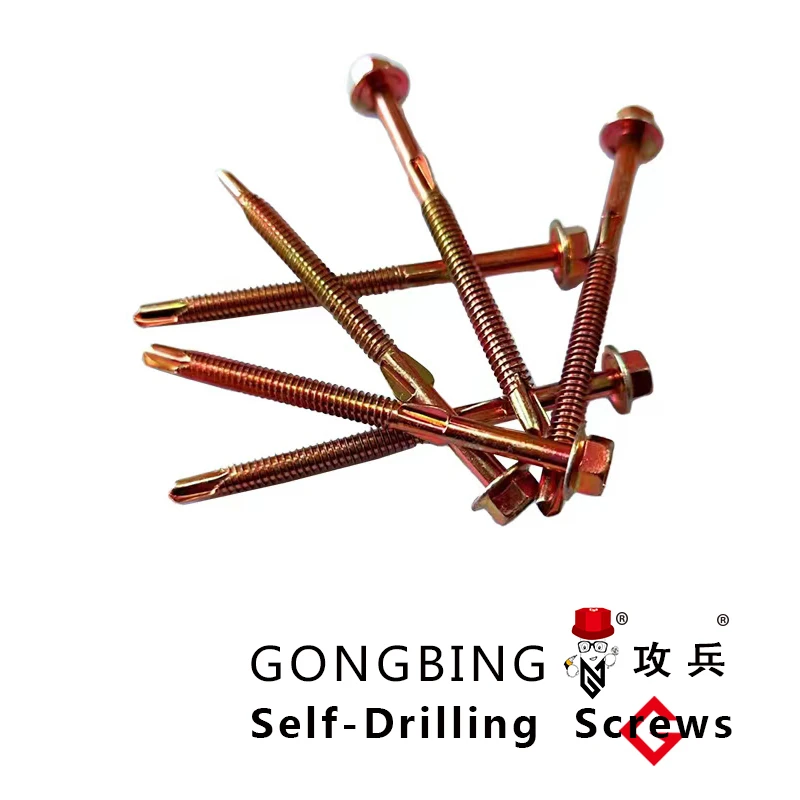threaded rod chemical anchor
Understanding Threaded Rod Chemical Anchors
Threaded rod chemical anchors are critical components in contemporary construction and engineering projects, used to secure fixtures in materials such as concrete, brick, and stone. These anchors combine the strength of a metal rod with the durability and reliability of epoxy or other chemical adhesives, offering a robust solution for applications that demand high tensile and shear strength.
What Are Threaded Rod Chemical Anchors?
A threaded rod chemical anchor consists of a metal rod with external threads, typically made from steel, and a chemical adhesive such as epoxy. The installation process involves drilling a hole into the base material, followed by cleaning the hole to remove debris and dust. The threaded rod is then inserted into the hole after injecting or dispensing the chemical adhesive into the drilled space. As the adhesive cures, it bonds with both the rod and the surrounding substrate, creating a secure anchoring point.
Advantages of Threaded Rod Chemical Anchors
One of the primary advantages of using threaded rod chemical anchors is their exceptional load-bearing capacity. The combination of the threaded rod and the chemical glue allows for a higher load capacity than traditional mechanical anchors, especially in tension and shear forces. This makes them suitable for heavy-duty applications, such as securing structural beams, machinery, shelves, and façade elements in buildings.
Another significant benefit is their resistance to environmental factors. Unlike some mechanical anchors that can fail due to rust or corrosion, chemical anchors can be formulated to withstand harsh conditions, including moisture, extreme temperatures, and chemical exposure. This makes them ideal for use in industrial settings, marine environments, and other conditions where durability and reliability are paramount.
Installation flexibility is another advantage. Threaded rod chemical anchors can be used in various base materials and conditions, including cracked and uncracked concrete. Furthermore, they can be installed in deep holes and long lengths, allowing for versatile applications in construction.
threaded rod chemical anchor

Applications of Threaded Rod Chemical Anchors
The versatility of threaded rod chemical anchors makes them suitable for many applications. They are widely used in the construction industry for securing structural components, such as
1. Heavy Machinery and Equipment Ensuring that machinery is securely anchored to the floor or foundation, minimizing vibration and movement. 2. Building Facades and Wall Bracing Providing support for external cladding or bracing systems to withstand wind loads and other forces.
3. Railings and Safety Barriers Securing railings on staircases and balconies to ensure safety in public and commercial spaces.
4. Signage Installing large outdoor signs that require robust anchoring to withstand wind and weather exposure.
5. Infrastructure Anchoring bridge components, traffic signals, and other critical infrastructural elements.
Conclusion
Threaded rod chemical anchors offer an exceptional solution for applications requiring strong and reliable anchoring systems. With their capacity to handle heavy loads, resist environmental stresses, and provide adaptability in installation, they have become a staple in modern construction and structural engineering. Understanding their function and advantages can help engineers and builders make informed decisions regarding anchoring systems, ultimately contributing to the safety and reliability of their projects. As technology advances, these chemical anchors will likely continue to evolve, offering even greater efficiency and performance for the demanding requirements of tomorrow’s constructions.
-
Weatherproof Plastic Expansion Anchors for OutdoorLitabaJun.06,2025
-
Sustainability in the Supply Chain: Eco-Friendly TEK Screws ProductionLitabaJun.06,2025
-
Load-Bearing Capacity of External Insulation FixingsLitabaJun.06,2025
-
Double Head Bolts: Enhancing Efficiency in Industrial MachineryLitabaJun.06,2025
-
Corrosion Resistance in Chipboard Screws: Coatings for Wholesale DurabilityLitabaJun.06,2025
-
Butterfly Toggle Bolts : Enhancing Structural ResilienceLitabaJun.06,2025
